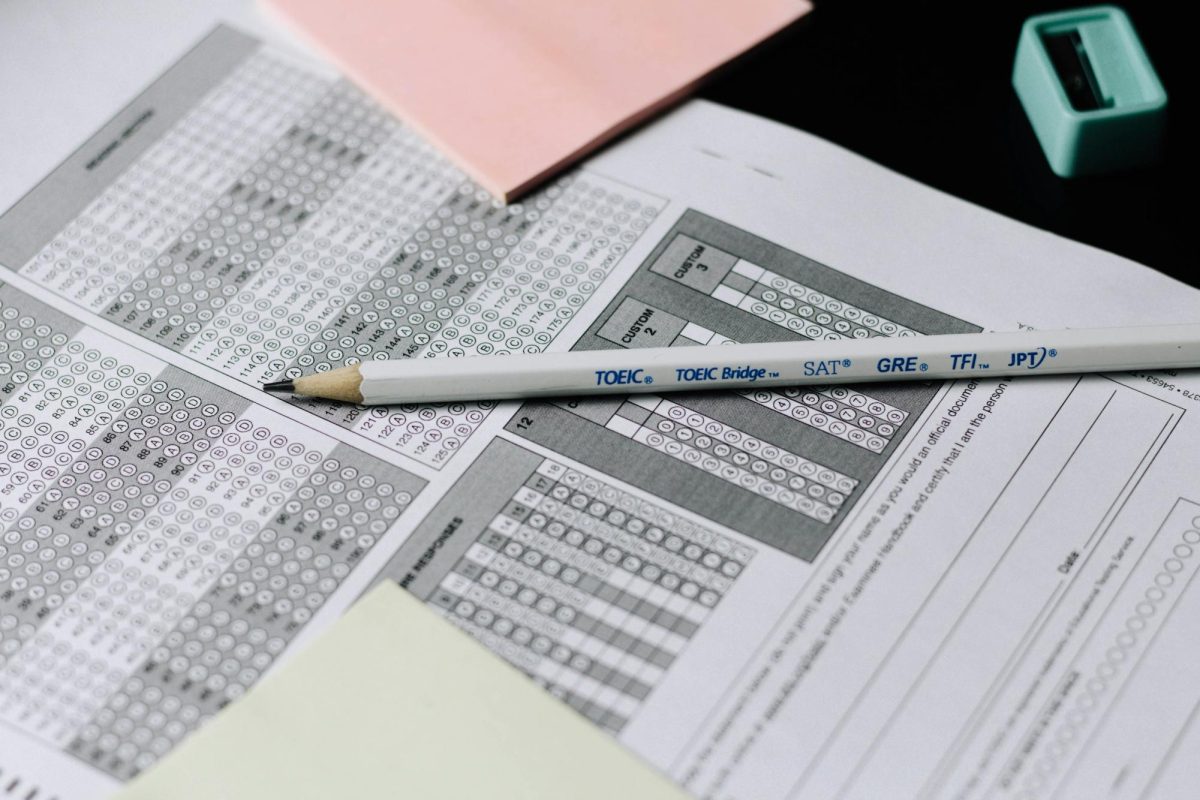How has technology changed the learning environment inside schools? Well, let’s talk about it. I have four assets and liabilities, and we will dive deep into each.
To start us off, technology greatly expands educational resources. Students can now learn all about Antarctica with a tap of a website. Before technology was utilized in classrooms students only relied on the teacher for sole information. Now students can follow a previous amount of resources, including but not limited to articles, videos, websites, and plenty of other resources. On the downside, students tend to like to work on their personal devices, such as smartphones, Apple watches, and more. However, many schools have seemed to come up with a very fair and accommodating phone/ personal device policy. For example Ohio’s phone policy in schools is that students may use their phones with administrative authorization. Students may also use their devices during lunch periods.
Another plus side of technology is that communication is expanded. For example, students are not just limited to contact with other children in the classroom or school building. Now students can reach out to others from different districts or even states with questions. Students can also share photos as another form of communication. Even though this communication is useful, it can increase cheating for answers on tests, but it also escalates strangers from using students for unsafe and harmful reasons. Fortunately, schools have created systems where strangers can not reach these students. They have also made it impossible to cheat via email successfully. For example, If a student reaches out to another asking for a homework answer the school will flag it and see it instantly. This is only in the case of some schools
With that being said this brings me to my last point on how teachers’ roles have changed. Prior to the use of technology, teachers were the sole resource for education and information. They were the only people who had the answers. However, now students can find almost anything on their own. Yes, teachers still instruct and discipline, but they have shifted to more of a ”guide on the side.” Teachers have more of a helping role in the classroom. We still gain vital information from teachers. The role of the pupil in gaining information has just evolved. In turn, changing the ways educators teach.
My final point about technology and its pros and cons is: it engages the student more. The educator is able to create inviting and engaging presentations for the pupils to enjoy or participate in. This engages students to work together to use mental skills in thinking of an answer, and it engages their capacity to intake information. The downfall of this is that students do not have the same amount of respect for teachers as they used to. Teachers are sometimes shown a lot of disrespect on social media by students. This is only happening in some places, but there are stories where this has happened. Thankfully, this isn’t a huge problem for our school, and when it happens, it is nipped in the bud real quick by the administration.
Now that we have fully explored the pros and cons of technology, what do you think? Would you like an old-fashioned classroom or one full of new technology? I hope you enjoyed this deep dive. Have a good day.













